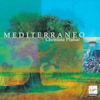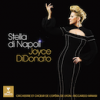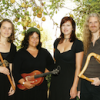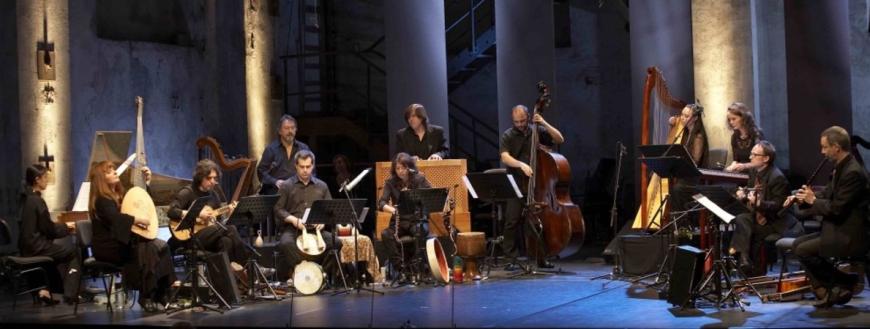
Who cannot fall in love with a quirky album that begins with the twangy sounds of the jaw harp and quickly segues into a nonsensically explosive, mile-a minute tarantella sung in a wild Neapolitan accent by male alto Vincenzo Capezzuto? Anyone searching for deeper meaning had best look elsewhere, because on Alla Napoletana (Erato), the 17th album from 21-year-old early music ensemble L’Arpeggiata, its marvelous founder/conductor/arranger and theorbist/harpist Christina Pluhar has again indulged in her special love for the unique, colorful, and bizarre.
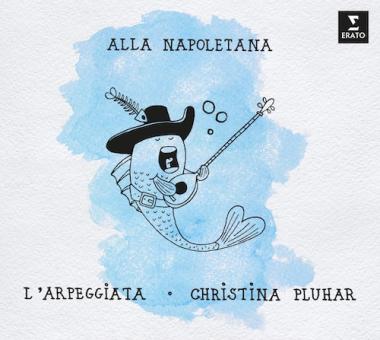
On an album that boasts seven world-premiere recordings, color and joy come foremost. Recorded in March 2021, in the midst of pandemic lockdown, the sheer exuberance of a band of mostly young musicians rejoicing in their ability to briefly drop their masks to celebrate the music that sustains them is infectious.
Imagine viola da gambist Jordi Savall performing on laughing gas. While there’s some lovely and touching music on this album of 17th and 18th century tarantellas, folias, cantatas, arias, and canzone napoletane, Alla Napoletana’s centerpiece, the tarantella “Lo Guarracino” (The damselfish) — the raison d’être for the cover illustration — is as ridiculous as it gets. It’s the rapid-fire dialogue of a classic Sophia Loren movie put in service of a damselfish, sardine, limpet, tuna, and other species aquarian and beyond. Tenor Alessandro Giangrande proves the equal of any Rossini patter song specialist on record as he channels multiple personalities, voices, and accents. [Note: There’s a special ending to this song, included on the hi-rez files I auditioned, that is unavailable on the YouTube link below.]
Time and again, I found myself scribbling a sole descriptor, “A joy,” in my notes. Lovers of the human voice will have a field day with an album that showcases a male soprano, male alto, and countertenor in addition to the traditional soprano, mezzo-soprano, tenor (x2), and bass. Some of the voices, especially that of countertenor Valer Sabadus, are certifiably strange. I’m not sure you’d welcome such a voice in Bach’s St. Matthew Passion or Handel’s Messiah, but it seems to the manor born for Alla Napoletana. Then again, Sabadus’s duet with soprano Céline Scheen on Pietro Antonio Giramo’s “Chi vidde più lieto” (Whoever saw a happier and more contented man than me?) is heavenly, and male soprano Bruno de Sá’s take on Giovanni Legrenzi’s “Con cento’occhi” (With his hundred eyes) is equally lovely.
You’ll get a good taste of the range and color of voices, and the energy of the entire ensemble, on Cristoforo Caresana’s “La Tarantella.” The thing most wondrous about this performance is that, as unique as everyone’s contribution may be, everyone comes together in true democratic fashion, playing for all they’re worth yet clearing the way for Capezzuto’s lighter-voiced contribution.
I was happy to indulge in Pluhar’s full-course meal. Given all the madness in the world, Alla Napoletana seems like the perfect Rx for our times.


